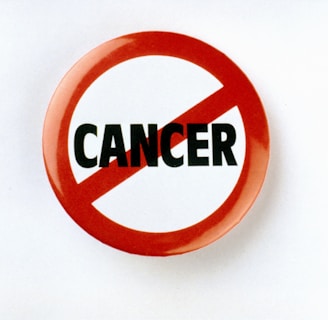Need for More Oncologists: The Burden of Hepatitis B Virus (HBV) Spread and Infection in South Sudan.
Hepatitis B Virus (HBV) poses a significant health crisis in South Sudan, with an estimated 15-20% prevalence rate. There is urgent need for increased awareness, early diagnosis, improved treatment access, and more effective antiviral drugs.
QUALITY HEALTHCARE


It is estimated by South Sudanese Health Experts our country has 1.5 million to 2 million of people living with HBV. This is 15-20% prevalence.
Due to lack early diagnosis, poor treatment and low efficacy of HBV antiviral drugs, the number estimated to progress to liver cirrhosis is higher.
Considering that majority of the South Sudanese are illiterate and live in rural areas, their access to vaccine and information about HBV being a public health threat is limited.
Even if they have heard about it, their attitudes and mindset towards modern medicine, which the government has failed to combat, would prevent them from accessing treatment.
Given that 15-20% of South Sudan's population (approximately 1.5 million to 2 million people) is chronically infected with HBV, and assuming 20-30% of these individuals develop cirrhosis over their lifetime, the percentage of the HBV-infected population likely to develop HCC can be estimated as follows:
Without treatment or intervention: Over a lifetime, 10-25% of chronic HBV carriers (300,000 to 400,000 people in South Sudan) may develop HCC.
With cirrhosis: Among those with cirrhosis, the risk is much higher, with 2-5% annually progressing to HCC.
When are these patients likely to progress to HCC?
For populations with high HBV prevalence in South Sudan the following estimates will apply:
Without cirrhosis: The annual risk of HCC in chronic HBV carriers without cirrhosis is approximately 0.2-0.8% (3,000 to 16,000 people).
With cirrhosis: The annual risk increases significantly to 2-5% in individuals with HBV-related cirrhosis. Let’s assume 3,000 to 16,000 people of the 15-20% prevalence of HBV have already progressed to cirrhosis stage in 2024/2025, then we will have 60-320 people developing HCC in 2025/2026. Once a person is at HCC stage their life-span is totally diminished to about 3-5 years depending on whether they receive proper treatment or not.
Having 60-320 people a year developing cancer will cause more deaths from preventable HBV, poverty and dismay among many families.
Owing to the fact that MOH hasn’t created enough awareness in rural areas where HBV is highly prevalent, this number will increase annually because more people are currently getting infected with this virus.
There is need for widespread health campaign, education and vaccination against HBV.
Transforming healthcare for a healthier South Sudan.
Health Action in South Sudan |© 2025. All Rights Reserved


HASS Programs
Developed by OptaBulk
